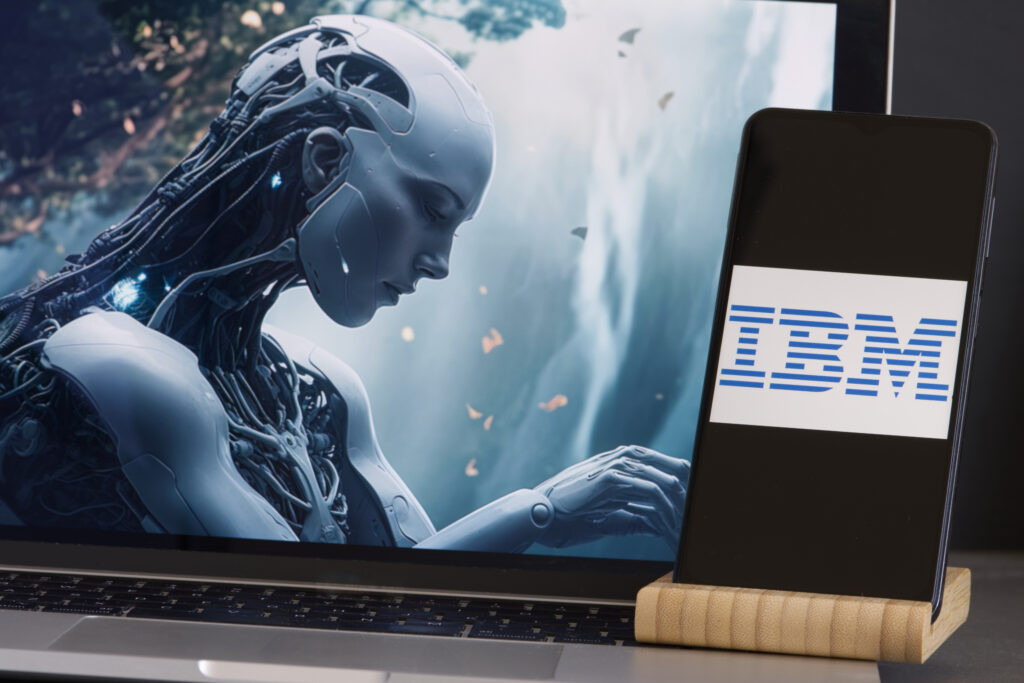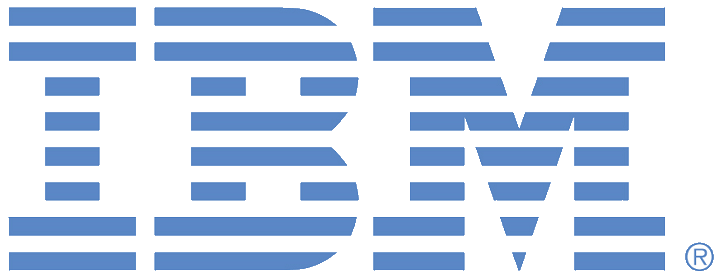
The recent IBM Think 2023 annual conference attracted tech enthusiasts, industry leaders, partners, and customers from around the world.
It should come as no surprise that a company with IBM’s breadth of technology products covered a wide range of topics during “Think,” but the ones that stood out for me as a CIO were artificial intelligence (AI), hybrid cloud, and co-creation. In this analysis, I’m going to share my experiences and some key takeaways from this event.
Stepping Back Into the AI Spotlight
I was curious to see how IBM would address AI without sounding as though it was trying to catch up to other players including Microsoft, Google, and Amazon, which had already made big announcements since the November 2022 release of ChatGPT.
To understand the shifting sands of how mid-market and enterprise CXOs are making purchase decisions to modernize technology, consider Acceleration Economy’s “Selling to the New Executive Buying Committee,” a Course designed to assist vendors, partners, and buyers in this process.
IBM had previously and clearly established itself as the AI market leader with such innovations as Deep Blue (a supercomputer that defeated chess grandmaster Garry Kasparov in 1997) and Watson (another supercomputer that won the $1 million prize on Jeopardy! in 2011), but in recent months had faded somewhat into the background as its rivals kept making announcements around AI.
But my perception that IBM was losing ground seems to have been off base, as I learned from the presentations at Think that the company has not been idle in the realm of AI in any way over the past few years or in recent months.
Focus on AI, NLP, RPA, and Watsonx
IBM CEO Arvind Krishna, in his keynote address, emphasized IBM’s commitment to driving innovation and outlined the company’s strategy for leveraging AI, hybrid cloud, and quantum computing to solve the world’s most pressing challenges. To that end, one of the highlights was the announcement of watsonx, IBM’s new enterprise-ready AI and data platform.
Watsonx is divided into three parts, each of which performs different tasks:
- watsonx.data – Scales AI workloads for all your data, anywhere. General availability of watsonx.data is expected in July, the company said.
- watsonx.ai – Trains, validates, tunes, and deploys foundation and machine learning (ML) models with ease. General availability of watsonx.ai is also expected in July.
- watsonx.governance – Enables responsible, transparent, and explainable data and AI workflows. General availability of watsonx. governance is expected in October.
Krishna also spent time describing IBM’s success with quantum computers and the impact this will have on AI in the not-so-distant future.
Other keynote speakers also discussed IBM’s AI innovation:
- Senior Vice President Software and Chief Commercial Officer Rob Thomas went into deeper detail about the watsonx platform, describing how IBM is taking an “AI first” approach, rather than just adding AI to products. “AI may not replace managers, but managers who use AI will replace managers who don’t use AI,” Thomas said.
- Director of SAP AI Strategy Stephen Jaeger outlined the integration of Watson with SAP, providing users with a feature that has become increasingly familiar due to consumer products such as Alexa and Siri. This integration enables users to interact with their SAP ERP system using natural language processing, facilitating intuitive queries.
- Vice President, Product Management, IBM Watson Orchestrate Parul Mishra described how Watson Orchestrate uses natural language processing (NLP) to execute tasks on your request without requiring any specialized training. There are prebuilt skills that you can draw from, or you can train Watson on your specific needs to automate and streamline workflows using robotic process automation (RPA) and by connecting Watson to APIs for external systems and data sources. This is all designed to be easy enough to use without needing IT support.
Finally, I learned that IBM’s AI Center of Excellence has more than 20,000 consultants, including 1,000 experts in generative AI alone.
IBM’s Hybrid Cloud Commitment
My second big takeaway from IBM’s Think 2023 was its commitment to hybrid cloud. According to Krishna, most companies have come to the conclusion that hybrid cloud is the only realistic framework for the foreseeable future. Some assets will need to remain on-premises, some will be in public cloud, and some in private cloud. Some services will be best delivered from multiple cloud providers, and IBM is ensuring that its product offerings, including watsonx, will be ready for hybrid cloud deployment.
As a CIO, I view the practicality of this approach, and the company’s readiness to support customers’ multivendor requirements, as a welcome development.

My fellow Acceleration Economy practitioner analyst Wayne Sadin agreed on the importance, and value, of the hybrid cloud commitment. “As working CIOs, the messy ‘real world’ of hybrid cloud matters to Kenny and me. I was happy that Kenny got the sense that IBM was continuing its commitment to supporting customers with variegated workloads. CIOs running mainframes, AS/400s, and more must handle today’s business while migrating workloads to newer platforms, and IBM can be a great partner as we do.”
The company has invested heavily in Red Hat Linux and the OpenShift platform in order to support deployment to any cloud.
Co-Creation Drives Results
One other topic that stood out for me from IBM Think was co-creation. There were quite a few sessions where customer or partner companies gave presentations that described how they were able to achieve powerful results by co-creating software with IBM and IBM’s partners.
My favorite among the co-creation sessions featured will.i.am, founder and CEO of FYI (Focus Your Ideas). You might also know him from the band Black Eyed Peas, as well as from Beats by Dre, which he co-founded and then sold to Apple.
In his presentation, will.i.am described the process he and IBM took to co-create FYI, which he calls “the ultimate productivity tool for creatives.” Powered by AI, FYI serves as a “creative co-pilot” that helps to draft stories, song lyrics, product descriptions, marketing copy, or any written content, and provide results within seconds. You can riff with the tool “naturally, like a member of your own creative team.”
Will.i.am also gave his thoughts on generative AI. He admitted that he has been blown away by the results he has seen and heard. He also expressed the need for artists and the entire creative community to push for a system that guarantees the right of an individual to own their own “likeness” whether that is their face or their voice, among other distinct identifying features.
Bob Evans, Acceleration Economy co-founder and Cloud Wars founder, said the technology developments from IBM highlight its ability to be nimble and responsive to fast-evolving customer requirements.

“It’s ironic that a 112-year-old company is able to blend elements from its earliest roots—deep and collaborative relationships with customers—and its latest technology—quantum computing—to create massive new opportunities for innovation, value creation, and co-creation,” Evans says.
“That is a powerful market position for IBM to be able to claim: unparalleled computing power with an innovation mindset that together will create big new digital opportunities for its clients,” he adds.
Conclusion
IBM Think 2023 was an eye-opening experience, offering a glimpse into the future of technology and its potential to transform our lives. From AI to hybrid cloud to co-creation, the areas where IBM continues to push the boundaries of innovation are a testament to the company’s commitment to creating a smarter, safer, and more connected world. It was also a great indicator of the strategic directions we can anticipate IBM taking in the balance of 2023.
Editor’s note: This analysis was originally published on May 17 and updated on June 23.










